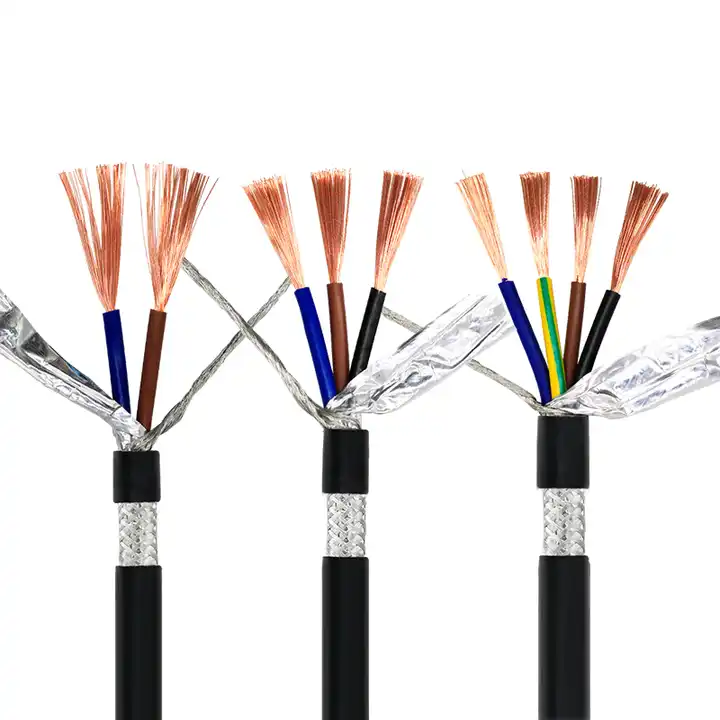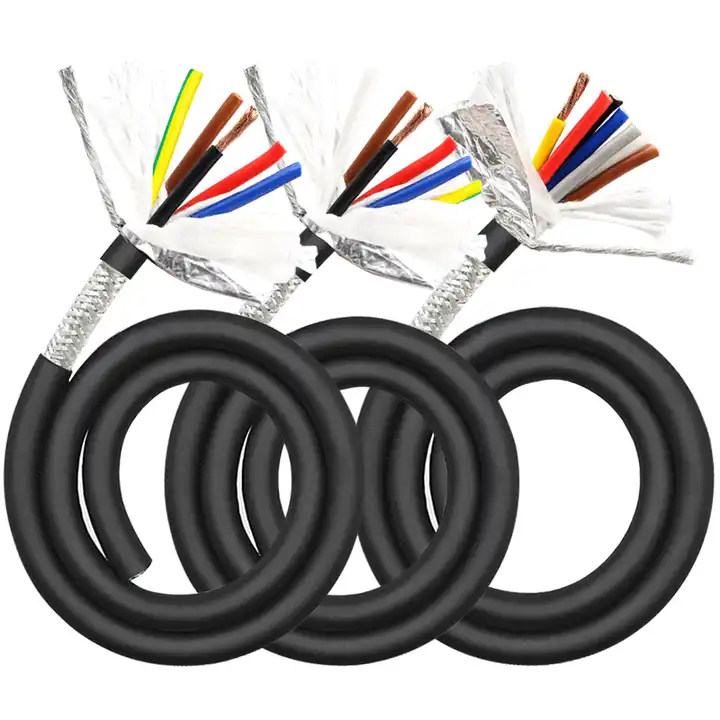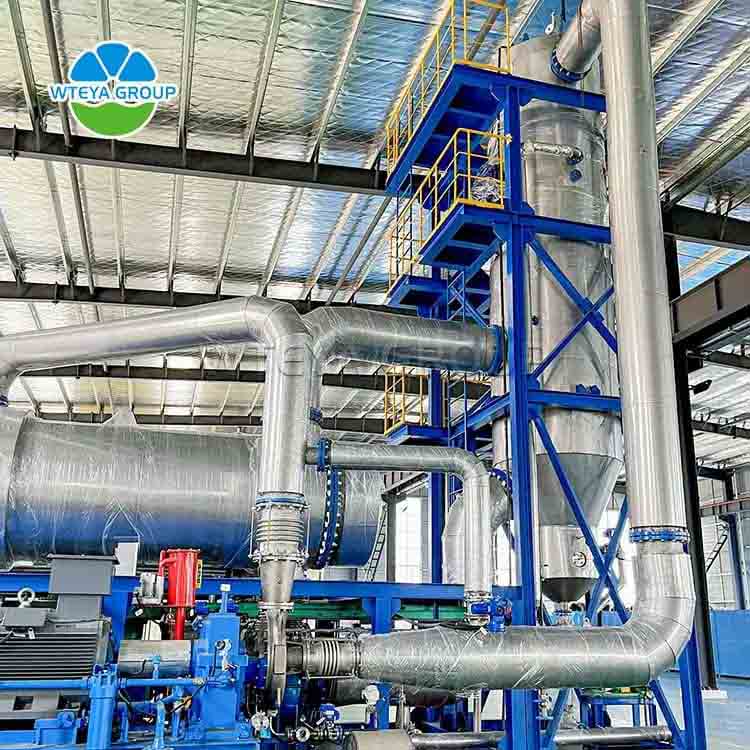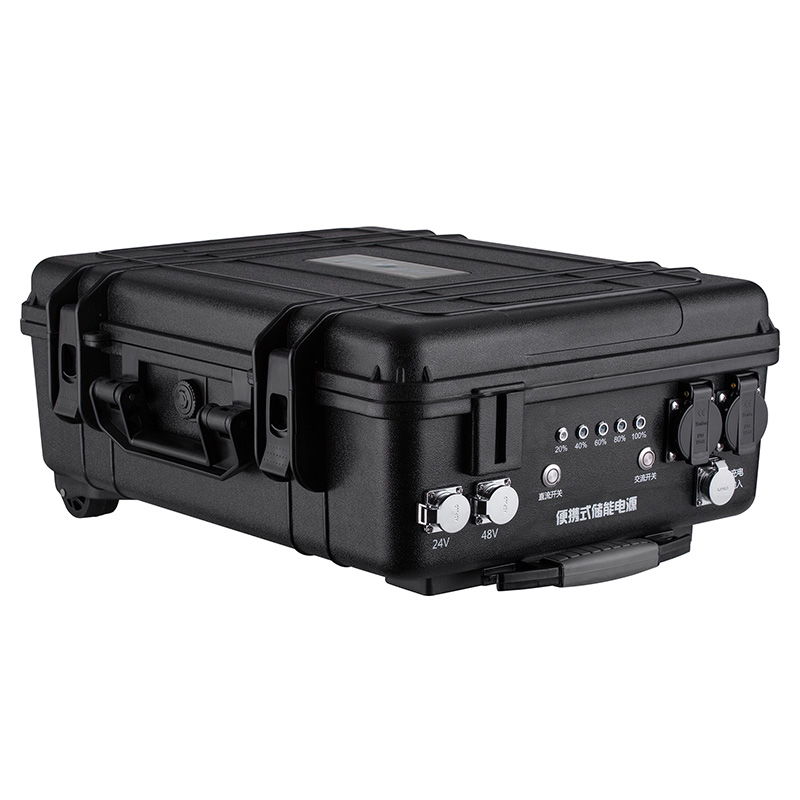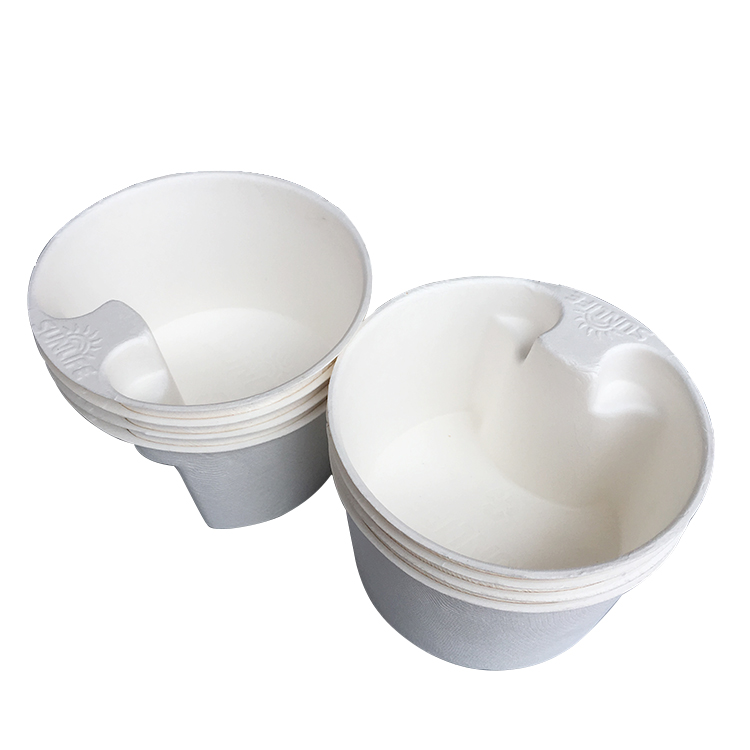LED car lights refer to lamps that use LED technology for external and internal lighting in both the light sources inside and outside the car. External lighting equipment is about thermal limits and EMC. Use LED car lights to create an in-car environment with a lifespan of 50,000 hours. The structure of LED is sturdy and not easily affected by vibration, and the light output brightness will not decrease significantly during use.In view of the actual needs of society, led strobe warning lights We need to change some original problems to better serve the society and benefit people. https://www.lkx-mascarello.com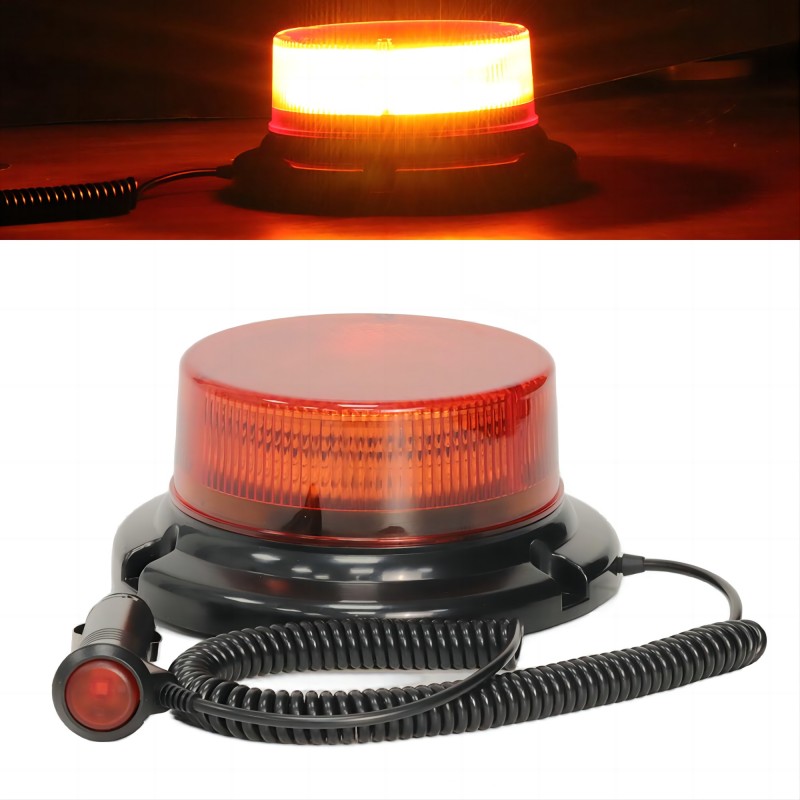
LED car lights are suitable for various lighting applications in automotive electronics, including headlights (high beam and low beam), fog lights, tail lights, brake lights, turn signals, daytime running lights, pedal lights, instrument lights, license plate lights, door lights, interior lights, width lights, navigation, entertainment systems, backlights and indicator lights. Compared with traditional light sources, LED light sources have large differences in physical size, luminous flux, spectrum, and spatial distribution of light intensity. Therefore, LED detection cannot replicate the standards and methods of traditional light source detection.
What Are the Most Common Detection Technologies for LED Headlights?
Detection of optical parameters of LED lamps
1. Luminous intensity detection
Light intensity is the strength of light, which is the amount of radiated light within a certain angle range. Since LED light is relatively concentrated, the inverse square law does not apply at close distances. Therefore, the CIE127 standard stipulates that the conditions for measuring light intensity are A (far-field conditions) and B (near-field conditions) for measuring the average normal light intensity. The detector area for both conditions is 1cm2. Generally, standard condition B is used to measure luminous intensity.
2. Luminous flux and light efficiency detection
Luminous flux is a physical quantity that measures the total amount of light emitted by a light source. It represents the sum of the light energy emitted by the light source in all directions. There are two main methods for detecting luminous flux:
Integral method: Light the standard lamp and the lamp under test in the integrating sphere in turn, and record their readings on the photoelectric converter as Es and ED respectively. The luminous flux of the standard lamp is known as Φs, then the luminous flux of the lamp under test ΦDED〜Φs/Es. The integral method uses the principle of “point light source” and is simple to operate, but it is affected by the color temperature deviation between the standard lamp and the lamp under test, and the measurement error is large.
Spectrophotometry: This method calculates the luminous flux by measuring the spectral energy distribution of the light source \( P(\lambda) \). Use a monochromator to measure the spectral energy of the standard lamp in the wavelength range of 380nm to 780nm on an integrating sphere, and then measure the spectral energy of the lamp under test under the same conditions. By integrating these spectral energy values, the luminous flux of the lamp under test can be obtained.
Luminous efficiency is a parameter that describes the efficiency of a light source. It is defined as the ratio of the luminous flux emitted by the light source to the electrical power it consumes. For LED light sources, constant current is usually used to measure luminous efficiency to ensure the accuracy and repeatability of the measurement.
